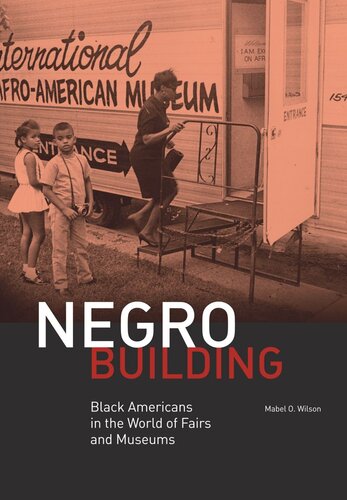

Most ebook files are in PDF format, so you can easily read them using various software such as Foxit Reader or directly on the Google Chrome browser.
Some ebook files are released by publishers in other formats such as .awz, .mobi, .epub, .fb2, etc. You may need to install specific software to read these formats on mobile/PC, such as Calibre.
Please read the tutorial at this link: https://ebookbell.com/faq
We offer FREE conversion to the popular formats you request; however, this may take some time. Therefore, right after payment, please email us, and we will try to provide the service as quickly as possible.
For some exceptional file formats or broken links (if any), please refrain from opening any disputes. Instead, email us first, and we will try to assist within a maximum of 6 hours.
EbookBell Team

4.4
32 reviewsFocusing on black Americans’ participation in world’s fairs, Emancipation expositions, and early black grassroots museums, Negro Building traces the evolution of black public history from the Civil War through the civil rights movement of the 1960s. Mabel O. Wilson gives voice to the figures that conceived the curatorial content—Booker T. Washington, W.E.B. Du Bois, Ida B. Wells, A. Philip Randolph, Horace Cayton and Margaret Burroughs. As the 2015 opening of the National Museum of African American History and Culture in Washington, D.C., approaches, the book reveals why the black cities of Chicago and Detroit became the sites of major black historical museums rather than the nation’s capital—until now.